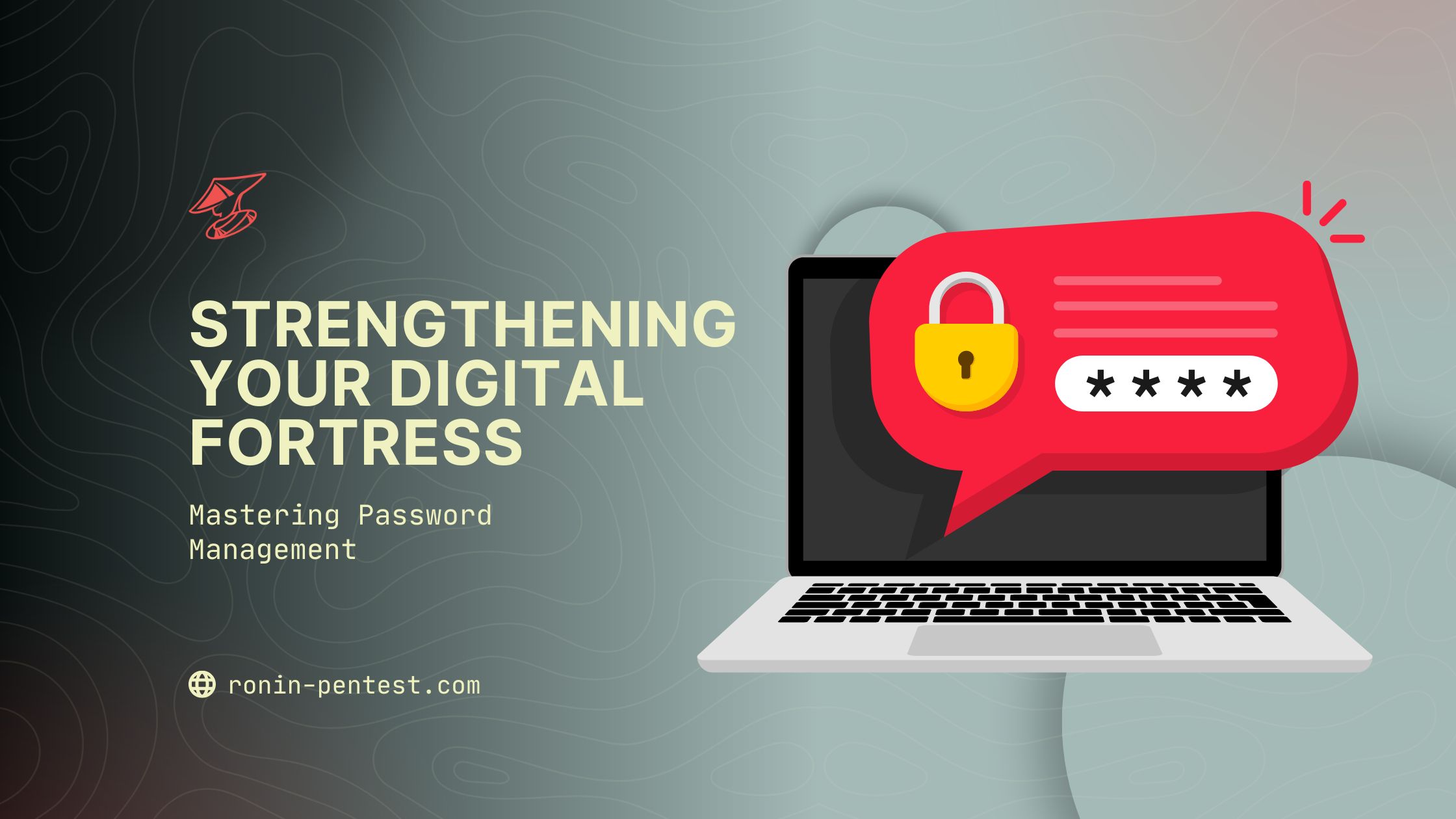Mastering Password Management: Best Practices for Strengthening Your Digital Fortress
by Ben Brown | 03/27/2024

by Ben Brown | 03/27/2024

In the digital realm, where data breaches and cyber threats loom large, effective password management is not just advisable; it's imperative. While the concept of password security may seem straightforward, the nuances of crafting and maintaining strong passwords are often underestimated. This guide delves into the best practices for password management, offering a pathway to enhanced online security.
The cornerstone of robust password management is the creation of strong, unique passwords for each account. A strong password is a blend of letters (both uppercase and lowercase), numbers, and symbols, extending beyond 12 characters whenever possible. Avoid predictable patterns, such as sequential numbers or keyboard paths (e.g., "123456" or "qwerty"), and steer clear of personal information that could be easily guessed or found online
Remembering a unique, complex password for each of your online accounts is a Herculean task. Password managers are invaluable tools in this context, securely storing your passwords and generating strong ones. By using a password manager, you only need to remember one master password, significantly simplifying your online security without compromising on strength.
Two-factor authentication adds a critical layer of security, ensuring that access to your account requires more than just your password. This can include a code sent to your phone, a fingerprint, or a facial scan, among other methods. Enabling 2FA wherever available markedly reduces the risk of unauthorized access, even if your password is compromised.
Just as one regularly checks smoke alarms to ensure they're working, passwords also need periodic review and updating. While changing passwords too frequently can be counterproductive (and unnecessary for accounts protected by 2FA), it's vital to update them in the wake of a security breach or if there's any indication (or suspicion) that the password may have been compromised.
Cybercriminals often employ phishing scams to deceive individuals into revealing their passwords. These scams can be remarkably sophisticated, mimicking legitimate communications from trusted entities. Always verify the authenticity of requests for your password or personal information, especially those received via email or message. When in doubt, contact the entity directly using a verified method.
There may be instances where you need to share a password, whether with family members or colleagues. In such cases, avoid sharing passwords via insecure channels like email or text messages. Instead, use the secure sharing features offered by many password managers, which allow you to share access without revealing the password itself.
Staying informed about the latest in cybersecurity threats and password management practices is crucial. Cybersecurity is a rapidly evolving field, and what was secure yesterday may not be tomorrow. Regularly educate yourself and, if applicable, your team or family, on the importance of password security and the latest best practices.
Effective password management is a critical component of your overall online security strategy. By adhering to these best practices—creating strong, unique passwords, leveraging password managers, enabling two-factor authentication, remaining vigilant against phishing, and staying informed—you can significantly enhance your digital security posture. In the ever-evolving landscape of cyber threats, taking proactive steps to protect your online presence is not just wise; it's essential.
Start scanning your projects for free. You will get a free breakdown of your security status. Start securing your future now.
Get started